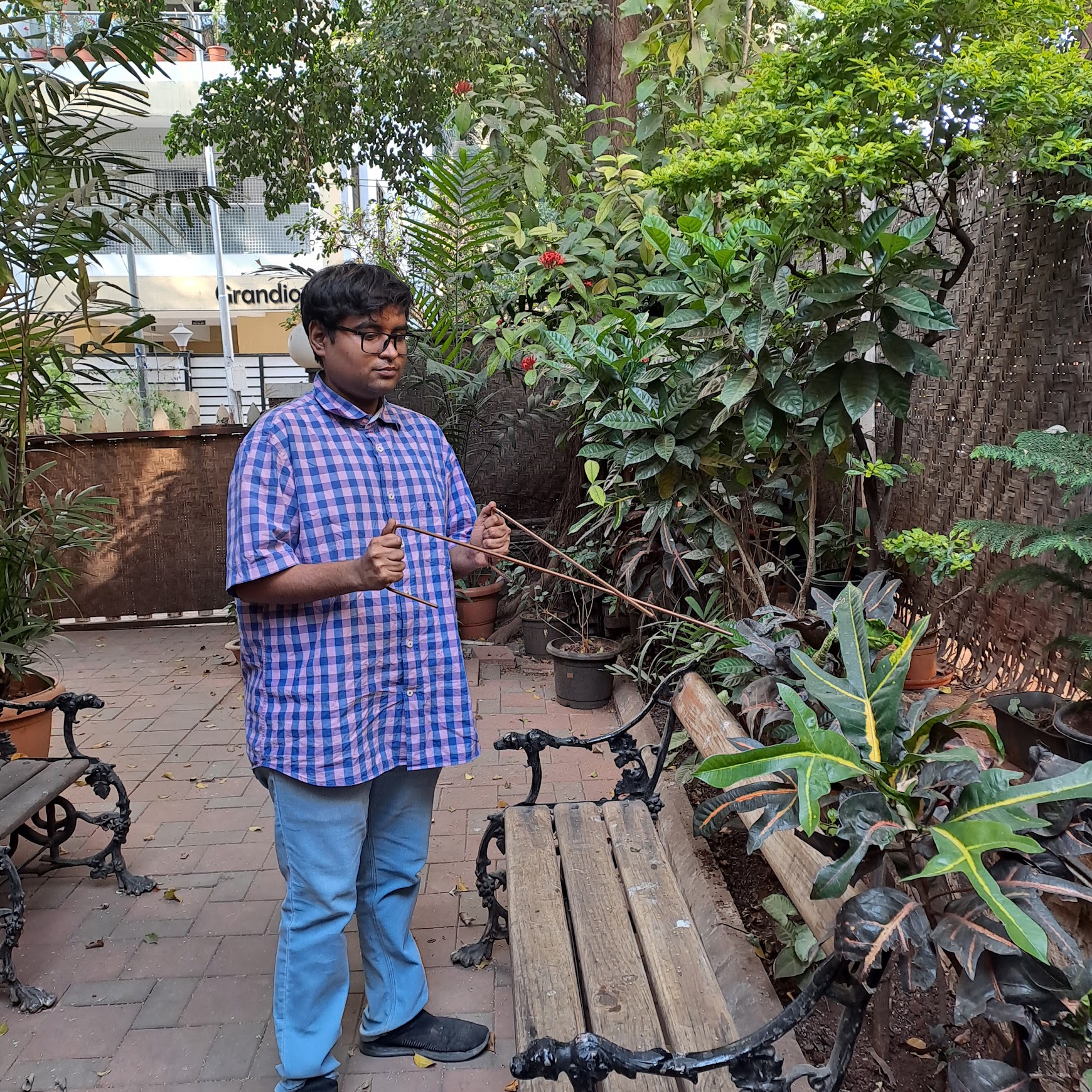In the pursuit of creating harmonious living spaces, many energetic home seekers turn to Vastu Shastra for guidance. Rooted in ancient Indian principles, Vastu offers insights into how spatial arrangements can influence energy flow and enhance well-being. However, integrating Vastu tips with modern home design can be fraught with challenges, especially when overlooking critical factors like environmental sciences and practical considerations. This article delves into why it's necessary to understand "5 Critical Errors to Avoid with Vastu Tips for Home in Modern Homes," what benefits energetic space seekers can gain from this understanding, how to implement this knowledge effectively, and the consequences of neglecting these considerations.

Understanding Vastu tips in the context of modern environmental sciences helps bridge ancient wisdom with contemporary living realities. It ensures that home design decisions are informed by both traditional principles and scientific insights, promoting a balanced approach to creating harmonious living environments. Modern homes are exposed to various environmental aggressions such as EMF (electromagnetic fields), allergens, infrared radiation, sound pollution, and dirty electricity. Integrating Vastu tips with strategies to mitigate these aggressions ensures that homes support health, well-being, and positive energy flow. According to the science of synchronicity, environments influence human energies, and vice versa. Vastu principles, like the Vaastu Purusha Mandala, aim to synchronize human energies with cosmic energies present in the environment. Understanding this relationship helps in creating homes that resonate positively with occupants' energies. Many perceive Vastu as solely about directional placement and astrological signs. However, this is a misconception. Vastu encompasses a holistic approach to spatial design, considering factors beyond mere directions. Ignoring these critical aspects can lead to incomplete implementations that fail to harness the full potential of Vastu principles. Modern lifestyles demand practical and functional living spaces. Integrating Vastu tips with practical considerations ensures that homes not only adhere to ancient principles but also cater to contemporary needs, enhancing usability and comfort.

5 Critical Errors to Avoid with Vastu Tips for Home in Modern Homes
Error 1: Ignoring Environmental Sciences
Failing to consider modern environmental sciences such as radiesthesia and geopathy can overlook potential health risks posed by EMF radiation, allergens, and other pollutants. Integrating these sciences with Vastu tips ensures holistic home designs that promote well-being.
Error 2: Overemphasis on Directional Placement
While directional placement is important in Vastu Shastra, focusing solely on this aspect neglects other crucial considerations. Effective Vastu implementation requires a balanced approach that integrates multiple factors influencing energy flow within the home.
Error 3: Disregarding Practicality and Functionality
Implementing Vastu tips without considering practicality and functionality can result in impractical living spaces. Homes must cater to the needs and lifestyles of occupants while adhering to Vastu principles to ensure they serve their intended purpose effectively.
Error 4: Misinterpreting Symbolism for Literal Application
Symbols and rituals in Vastu Shastra hold significance but should not be misinterpreted as rigid rules for home design. Understanding the symbolic meanings while adapting them to modern contexts allows for meaningful and practical implementations of Vastu principles.
Error 5: Lack of Integrated Approach
A piecemeal approach to Vastu implementation, without integrating all relevant principles and sciences, can lead to disjointed outcomes. Homeowners may experience inconsistencies in energy flow and functionality, detracting from the intended benefits of Vastu Shastra.

Integrating Vastu tips with modern environmental sciences facilitates the creation of holistic living environments. Homes designed with this comprehensive approach support health, prosperity, and harmonious relationships among occupants. By addressing modern environmental aggressions, homeowners can mitigate risks to health and well-being posed by factors like EMF radiation and indoor pollutants. This proactive stance enhances the quality of indoor environments, promoting long-term wellness.
Harmonizing human energies with the environment improves energy flow within homes. This balance fosters a sense of peace, vitality, and positivity among occupants, contributing to overall happiness and productivity. And respecting the cultural heritage of Vastu Shastra while adapting to modern lifestyles demonstrates a balanced approach to home design. It honors tradition while addressing contemporary challenges faced by urban dwellers.
How Should You Implement This?
1. Educate Yourselves more on Vastu Principles and Sciences
Energetic space seekers should educate themselves on both traditional Vastu principles and modern environmental sciences. This knowledge forms the foundation for informed decision-making in home design.
2. Consult with Qualified Professionals
Seek guidance from qualified Vastu consultants who understand the integration of Vastu with environmental sciences. Collaborate with experts in fields like environmental science, architecture, and interior design to develop holistic home design solutions.
3. Conduct Comprehensive Assessments
Evaluate homes for environmental risks using tools and techniques such as EMF meters and indoor air quality monitors. Identify areas that require mitigation to create healthier living environments aligned with Vastu principles.
4. Prioritize Practicality and Functionality
Ensure that Vastu implementations enhance practicality and functionality within home settings. Consider the daily needs and activities of occupants to optimize spatial layouts and design elements effectively.
5. Foster Open Communication and Collaboration
Encourage open communication and collaboration between all stakeholders involved in home design. Facilitate discussions that integrate diverse perspectives to achieve cohesive and effective Vastu implementations.
Don't say I Didn’t Warn You About...
Missed Opportunities for Well-being
Neglecting to integrate Vastu tips with modern environmental sciences may result in missed opportunities for enhancing well-being. Homes may not provide the intended support for health, prosperity, and harmonious relationships among occupants.
Increased Health Risks
Exposure to environmental aggressions without mitigation strategies can increase health risks for occupants. Issues such as EMF sensitivity, indoor air pollution, and psychological stress may arise from unbalanced home environments.
Disrupted Energy Flow and Harmony
Failure to harmonize human energies with the environment can disrupt energy flow within homes. This imbalance may manifest as physical discomfort, emotional unrest, and reduced productivity among occupants.
Cultural Disconnect
Disregarding the holistic approach of Vastu Shastra undermines its potential benefits and cultural significance. It risks disconnecting from traditions that offer valuable insights into creating harmonious living spaces.
Suboptimal Living Conditions
Homes that lack integrated Vastu implementations may provide suboptimal living conditions. This can impact overall happiness, satisfaction with the living environment, and the ability to thrive in one's home.
Understanding this is essential for creating balanced and harmonious living environments. By integrating Vastu principles with modern environmental sciences, energetic space seekers can achieve holistic home designs that support health, prosperity, and harmonious relationships. Avoiding errors such as ignoring environmental sciences, overemphasizing directional placement, disregarding practicality, misinterpreting symbolism, and adopting a piecemeal approach ensures that homes resonate positively with occupants' energies. Implementing a comprehensive approach to Vastu Shastra honors cultural heritage while addressing contemporary challenges, fostering well-being and happiness in urban living spaces.